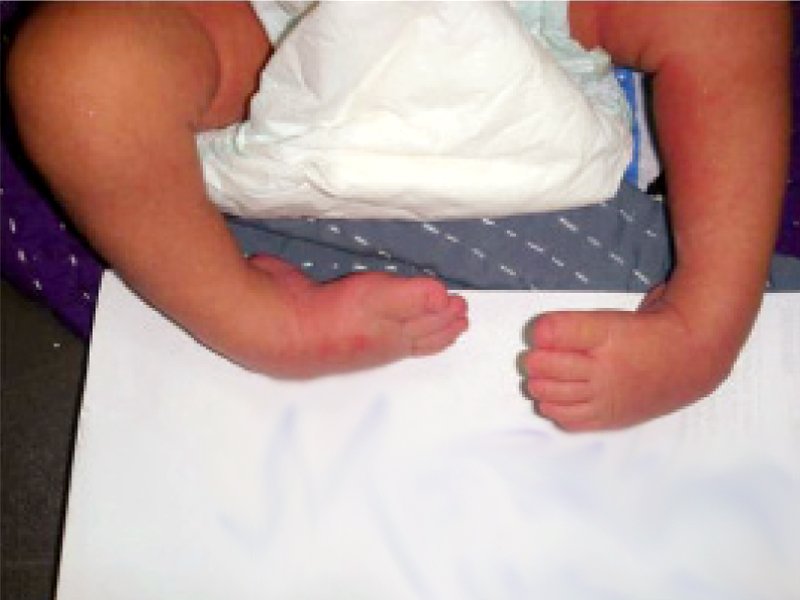
KARACHI:
Medical experts are hopeful that by the year 2020, every child born with the club foot disorder in Pakistan will be able to lead a normal life through the Ponseti Method, said Professor Dr Muhammed Amin Chinoy, head of the orthopaedic department at the Indus Hospital.
He was speaking at an awareness workshop on Monday held to mark the World Clubfoot Day which is celebrated on June 3 across the world. The workshop was organised by the Ponseti International Pakistan, Jinnah Post Graduate Medical Centre, Pakistan Orthopaedic Association and the Indus Hospital at the Barrett Hodgson International High School on Monday. Justice (Retd) Rana Bhagwanda was the chief guest at the event which was attended by a large number of children with club foot, their parents and doctors.
Non-invasive treatment
Dr Ignacio Ponseti, a physician at the University of Iowa, developed the Ponseti Method in the 1950s. This course of treatment does not involve expensive surgeries or equipment and instead involves a series of casts and a brace so that a child could walk and move properly.
Professor Anisuddin Bhatti of the JMPC said that performing surgery to treat this condition was wrong as the patient suffered from severe pains and there was no guarantee that the child would recover completely. He advocated the use of the Ponseti Method, saying that it increased the chances of a child’s functional leg movement. “We have been using this method for the past six years,” he said.” We have also been trying to change people’s mindset towards the Ponseti Mehtod.”

While talking to The Express Tribune, Professor Mansoor Ali Khan, an orthopaedic surgeon at the Indus Hospital, said that contrary to popular belief this disorder was not caused by the lunar eclipse. “This condition, which causes the baby’s feet to turn inward and downward, develops in womb,” said Prof. Khan. When asked if club foot was a genetic disorder, he said that the cause of the condition had not been identified by researchers as yet. “We aim to bring the rate of operations to treat this disorder to zero as surgical methods do not work anymore.”
For healthy lives
“We make sure to follow up on the patient if they miss a scheduled visit,” said Prof. Chinoy of the Indus Hospital. About one in 800 babies across the world has the club foot disorder. The Indus Hospital offers free treatment to such patients, including special shoes for children with club foot and money for transportation to the deserving patients. Around 300 cases of club foot have been treated at the Indus Hospital so far and most of the cases were reported from Korangi, Landhi and Gulshan-e-Iqbal, according to Prof. Chinoy.
A resident of the Defence Housing Authority Phase II, Romesa Nadeem’s 10-month-old son Muhammed Ibrahim was born with club foot and is being treated at the Indus Hospital. “Initially, I was very upset when I found out about my son’s condition,” she told The Express Tribune. “I have two daughters but they weren’t born with this condition. I am grateful that my son has recovered 70 per cent.”
Faiza Yousuf, whose 11-month-old son Ali Shah was also being treated at the Indus Hospital was also happy with his recovery.
Currently, the Ponseti Method is being used at the Jinnah hospital, Indus Hospital and Abbasi Shaheed Hospital but soon it will be introduced across the country, said Dr Khan.
Published in The Express Tribune, June 5th, 2013.






















































COMMENTS
Comments are moderated and generally will be posted if they are on-topic and not abusive.
For more information, please see our Comments FAQ